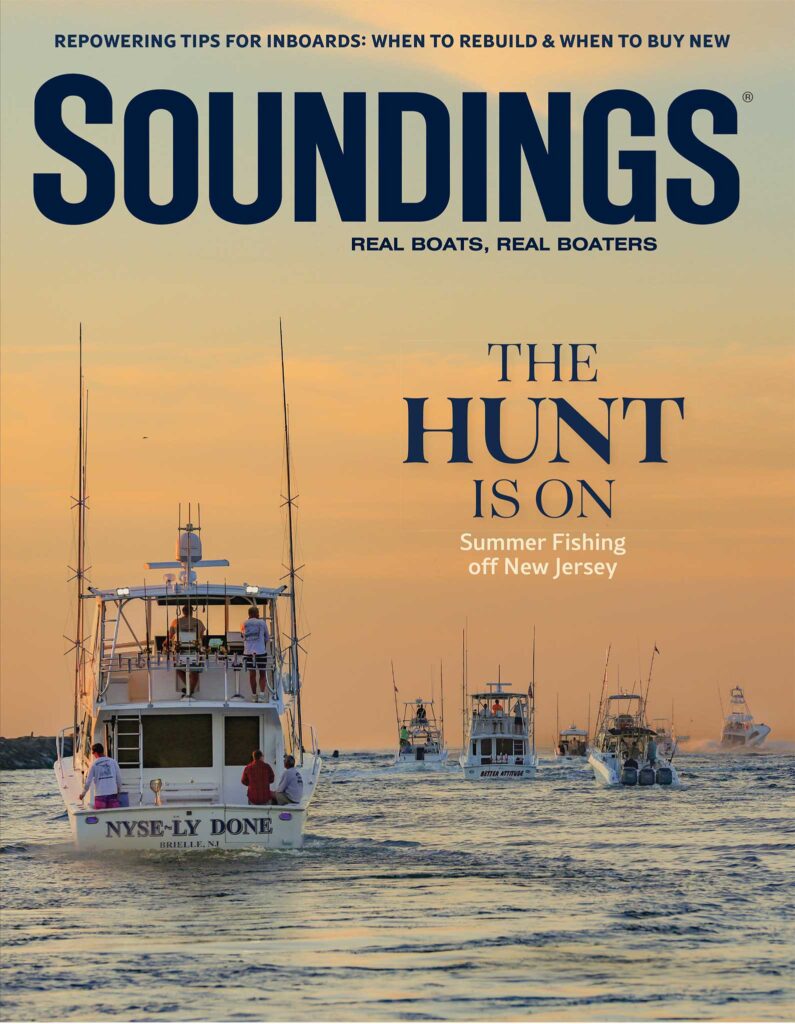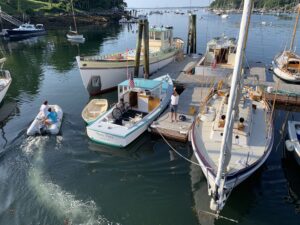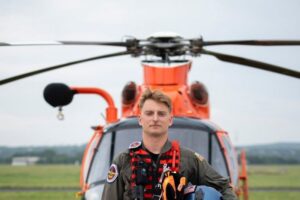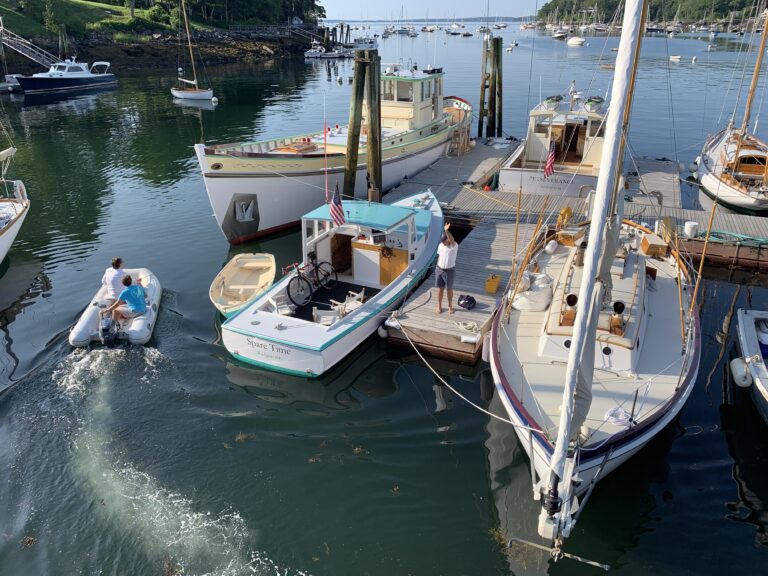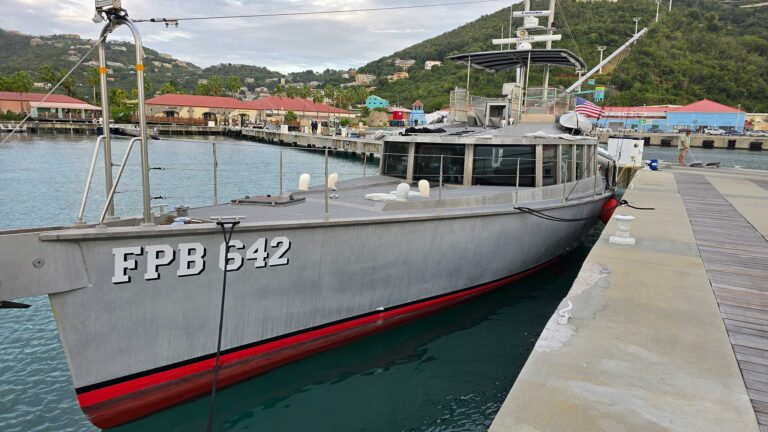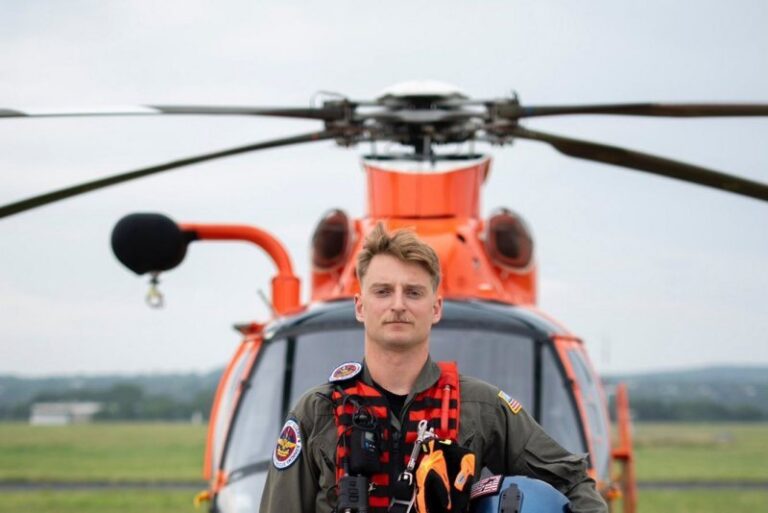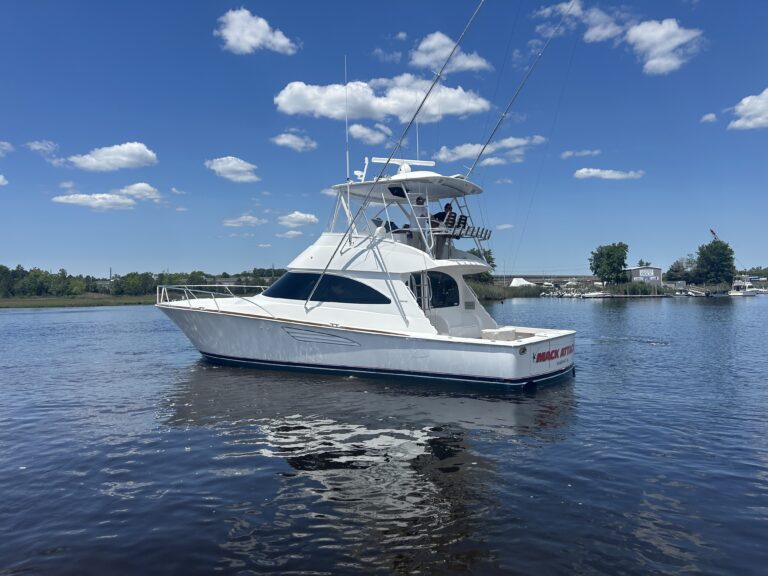Word is getting out among sailors worldwide to help report back on the birds they see at sea — and they are spotting some unusual birds, from the Caribbean to the Indian Ocean to the Arctic’s Northwest Passage.
The “SeaBC” is a citizen science project coordinated by long-distance birdwatching sailors from around the world.
Reports are contributed to Cornell University’s eBird database, so boaters’ sightings become a resource for scientists and conservationists worldwide. Participation is designed to be simple for non-birders juggling navigation and boat-handling. They are simply asked to photograph any birds seen at least two miles from shore, followed by a snapshot of their navigation display’s coordinates if their camera is not geo-tagged.
“The reports and photographs that are starting to come in are phenomenal,” says founder Diana Doyle. “Inexpensive portable zoom cameras let scientists tap into the sightings of recreational boats as they transit seldom-birded waters. They can be our eyes on the water.”
Because there is so little coverage of pelagic areas, the odds are high for a “birder aboard” to contribute a notable sighting. Here are a few examples:
• Sailing vessel s/v Aventura IV, with the Blue Planet Odyssey through the Northwest Passage, photographed a rare white morph Gyrfalcon cliff-nesting on an island in the Canadian Arctic Archipelago in Nunavut. Their sighting adds to a lone 1999 historical eBird report of a Gyrfalcon at the same location.
• A 24-year-old, who crossed the Atlantic with his father on s/v Themi as part of the Atlantic Odyssey fleet, captured photographs of a Trindade Petrel about 1,000 miles east of Martinique.
• Two homeschooled children, ages 10 and 11, logged all the birds they saw during their two-week trans-Atlantic, scoring a Red-billed Tropicbird and Masked Booby closer to Cape Verdes than their expected stronghold in the Caribbean.

